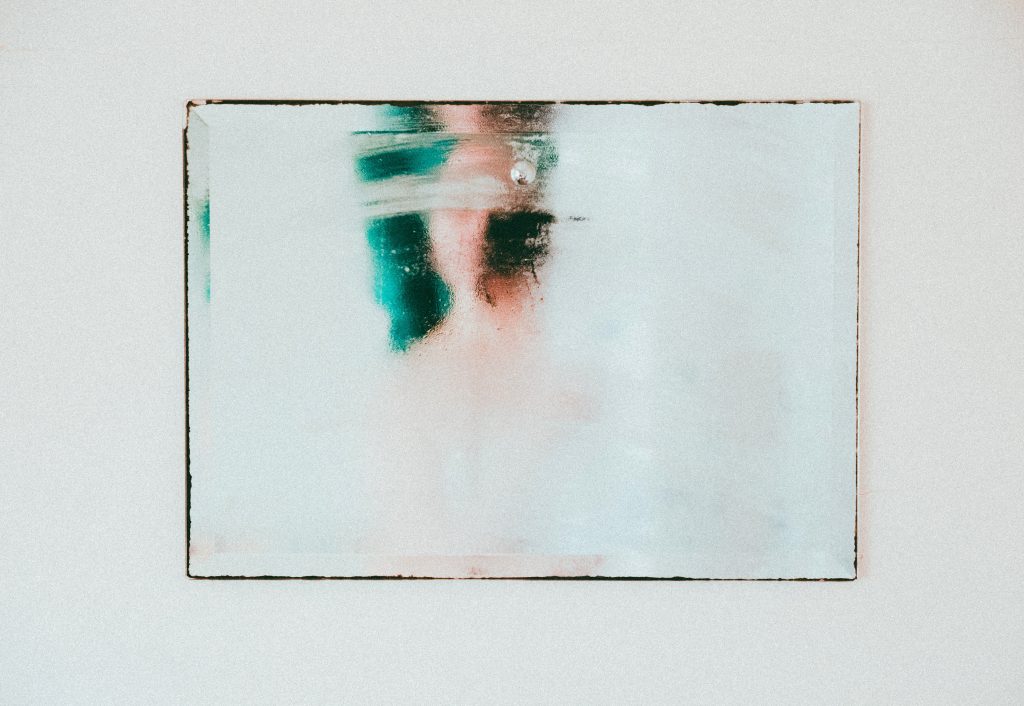
What is Condensation?
Condensation is commonly experienced in apartments buildings particularly in colder months of the year. It can occur in any type of building including precast cladding systems. It is caused when humidified air comes into contact with cold surfaces such as windows, doors, walls and ceilings and the air chills and water vapour is extracted from the humidified air and remains as condensation on the cold surface.
Condensation will not occur if the humidified air is removed and replaced with dry air. Typical causes that can increase the likelihood of humidified air include space heaters, steam cooking, dish washing, clothes dryers, showers, and damp clothes left indoors.
Signs of High Humidity Levels / Condensation
Fogging and water droplets (condensation) appear on windows.
Moisture and mould appear on cold surfaces such as windows, doors, walls, and ceilings.
There is an increased instance of static electricity within your apartment
Tips to Prevent Condensation
Reduce indoor humidity by providing sufficient ventilation.
Windows should be opened during the day whenever possible, and it is highly
recommended to open windows and doors whenever possible.
If condensation does appear, wipe the surface dry immediately.
Dry damp clothes thoroughly before storing.
Allow sunlight to filter into your home whenever possible.
Operate exhaust fans for 5 minutes after using showers or clothes dryers. Even when
steam may appear to be removed, moisture is still likely to remain and humidify the air.
Operate kitchen rangehoods while oven, cooktop, dishwashers and microwave ovens are
in operation.
Some condensation may also be controlled by using air conditioning units refer to air
conditioning user manuals contained within your handover documentation
Use of a window vacuum (purchase from Kmart, Bunnings etc)